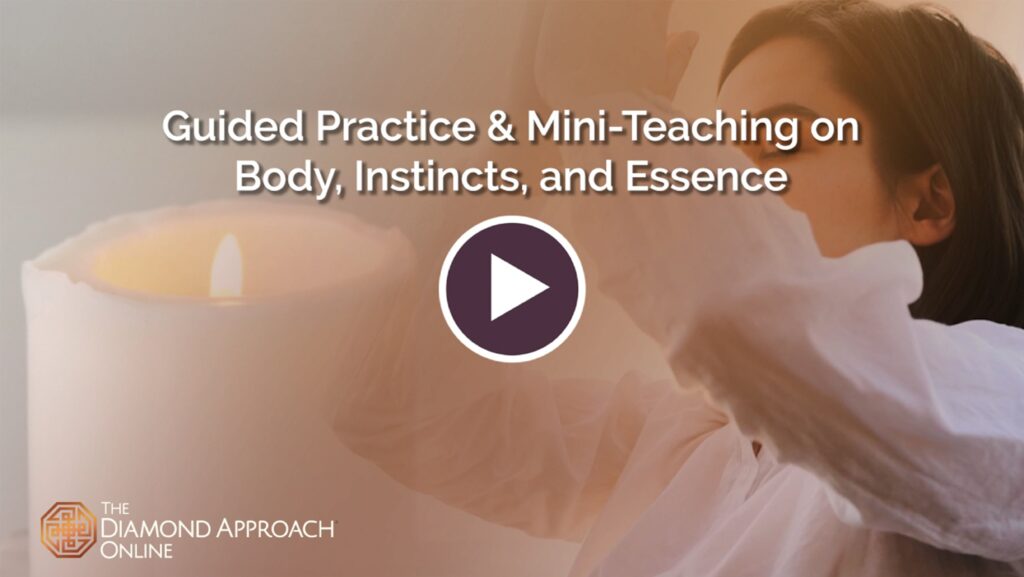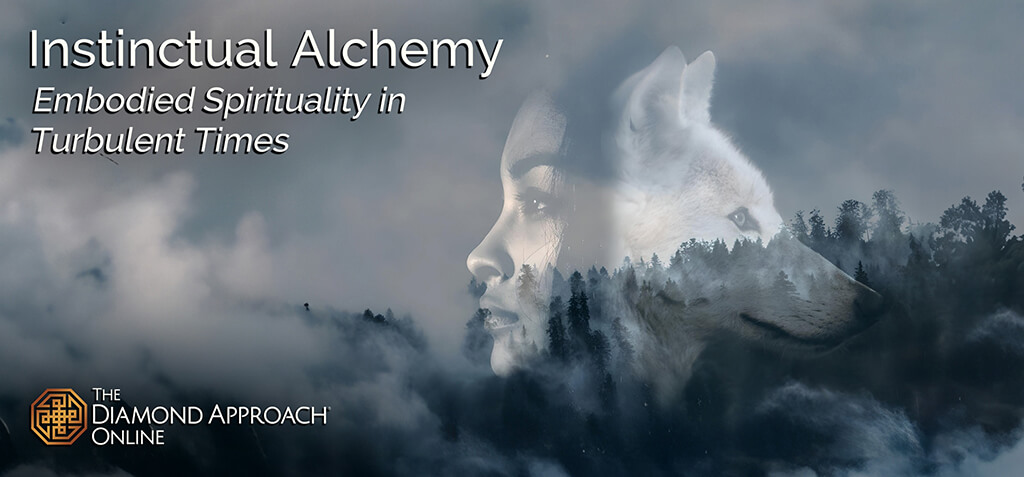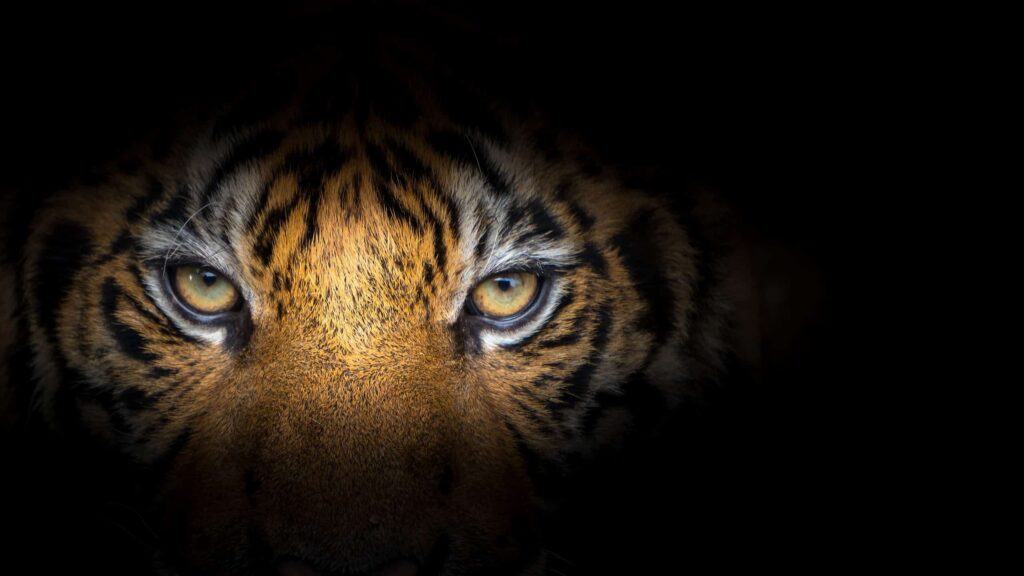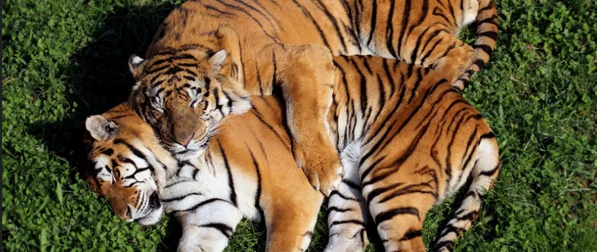Open Window: Teaching and Practice
We have been hearing from people in our global community how much the tumultuous international events of this time are impacting them. So again this month we are sharing a teaching excerpt and practice from the Spirituality in a Fractured World course that you can […]
Open Window: Teaching and Practice Read More »






